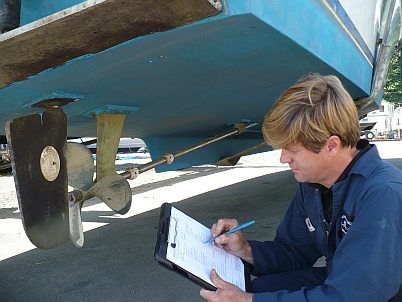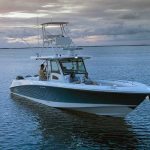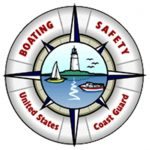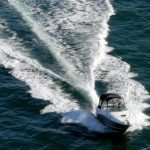Call your nearest Coast Guard Auxiliary or Power Squadron unit and ask them for a free, comprehensive Vessel Safety Check. They’ll look over all your equipment to make sure that you meet State and Federal safety requirements, and give you lots of good ideas on how to be a safer boater.
There are different boats for different folks! Choose the right boat for what you plan to do on the water. Some boats can provide utility for many purposes. Pontoon boats, for example, can serve as a swim platform, a stage from which to fish, and a spacious deck for small family gatherings. Some can even pull water-skiiers. So find the right kind of boat, and you’ll enjoy boating the way you want to enjoy it.
A referees whistle….one that depends on a moving “pea” to operate, is no good if filled or partially filled with water. Therefore, if you intend to use a whistle to satisfy the requirements for a “sound producing device”, purchase one that doesn’t depend upon moving parts. There are several on the market, and they are very inexpensive.
Manufacturers of boats build seats into the boats for people to sit in. The gunwales (sides of the boat), the deck without rail, and the tops of the seats were not designed for sitting on. In most jurisdictions, it is against the law to sit on the tops of the seats or gunwales, and for good reason. A wake from another boat, waves, or sudden turns of the boat could easily result in a man overboard. If that happens to be the operator of the boat, it’s even more dangerous. So sit “in the seats”, not on them.
Check to make sure your boat cleats are through-bolted and that a “backing plate” (hardwood or metal) is used. Check periodically to make sure the nuts and bolts holding your cleats are tight. This will be crucial if you ever need to be towed, or if you are tied to a pier or anchored in rough water.
If you have an inboard engine, you are required to have a tight, clean backfire flame arrester mounted on top of the carburetor. Run your finger across bottom fins of the arrestor periodically. If your fingers come up greasy, remove the flame arrestor and clean it in hot, soapy water, and dry it throughly before replacing it. NEVER CLEAN A FLAME ARRESTOR WITH GASOLINE OR OTHER VOLATILE SOLVENTS.
Always carry some sort of alternative “de-watering device” on board your boat. An electric bilge pump is fine, but only if you have electric power. Many times a damaged boat, taking on water, has lost it’s electrical power. A good back-up is a portable, lightweight, PVC handpump. But, a bucket, an ice chest, an emptied tool box, or anything else that can be used to bail can make the difference between sinking and staying afloat.








